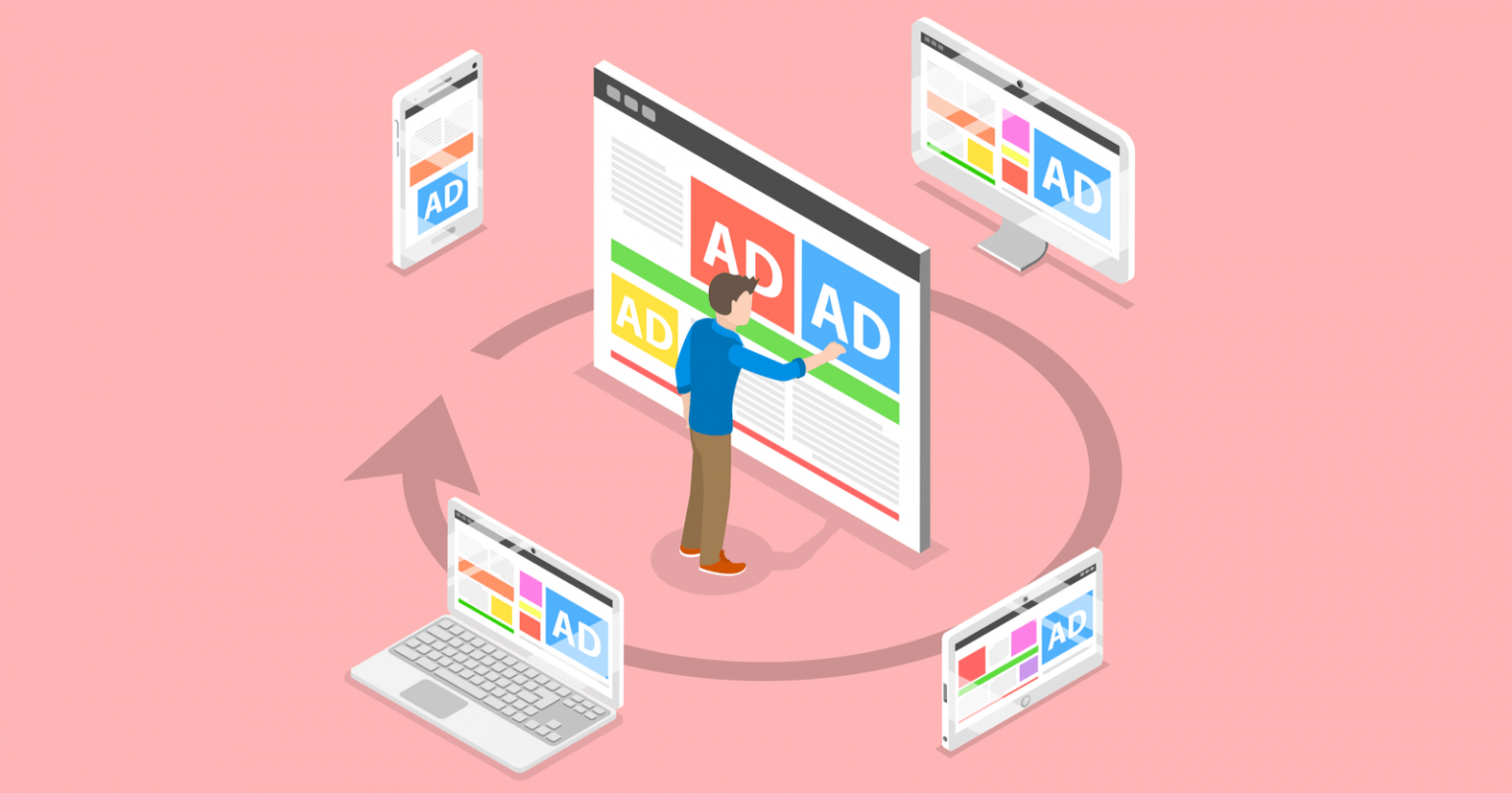How to use remarketing: features of the tool
Remarketing is a popular tool for getting your audience back to your site through Google AdWords. This method is implemented through displays of relevant offers based on people’s recent online queries. Remarketing gives an opportunity to direct potential buyers to a site or app with a product of interest to them.
This tool is primarily aimed at those consumers who declined to make a purchase at the last moment, even though the desired product was already in the shopping cart. However, remarketing is also used to bring back loyal customers, motivating them to make repeat purchases.
The essence of remarketing in technical terms is that when a user visits a site for the first time, their activity is noted in cookies. When companies process this data, they track the user’s behavior on the site for the purpose of further interaction with the user. Cookies help companies shape ads for specific target audiences, making displays more accurate in terms of people’s interests and needs. Among other things, remarketing helps maintain demand for products; it boosts sales by reminding people of the benefits of a purchase.

This tool is designed to work with lukewarm customers, whose loyalty is easier to return than to attract new, unfamiliar with the products and brand. Remarketing is used for contextual advertising, and retargeting is analogous to the tool for social networks. The latter has its own characteristics, and instead of cookie data, it uses pixels that capture users of the platform and their actions on it.
In addition to Google Ads, other services are used for remarketing, including Mailchimp, AdRoll, and others. Setting up the tool starts with creating goals and what kind of action you want to encourage the user to take. Next, move on to the list of users for search ads, which is based on segmentation. It helps more accurately select the right category of users, which increases the effectiveness of the promotion. Segmentation of users can be carried out according to various characteristics, such as the period of stay on the site. In this case, for each group of users it is better to create your own landing page.
When setting up remarketing in Google Ads, you should add a tag that will track and segment site users. Tag placement can be done either automatically or manually.
Remarketing comes in many forms. It can be search engine based, where advertising is broadcast directly at the time of Google’s display of output. In addition, remarketing is used for advertising networks, such as Google’s affiliate apps. Another type is remarketing in email newsletters. In addition, allocate dynamic remarketing, which consists of placing advertising banners where a certain product is broadcast.
This tool is effective to use, but the success of its application depends largely on the correct setting and goals of such promotion.
